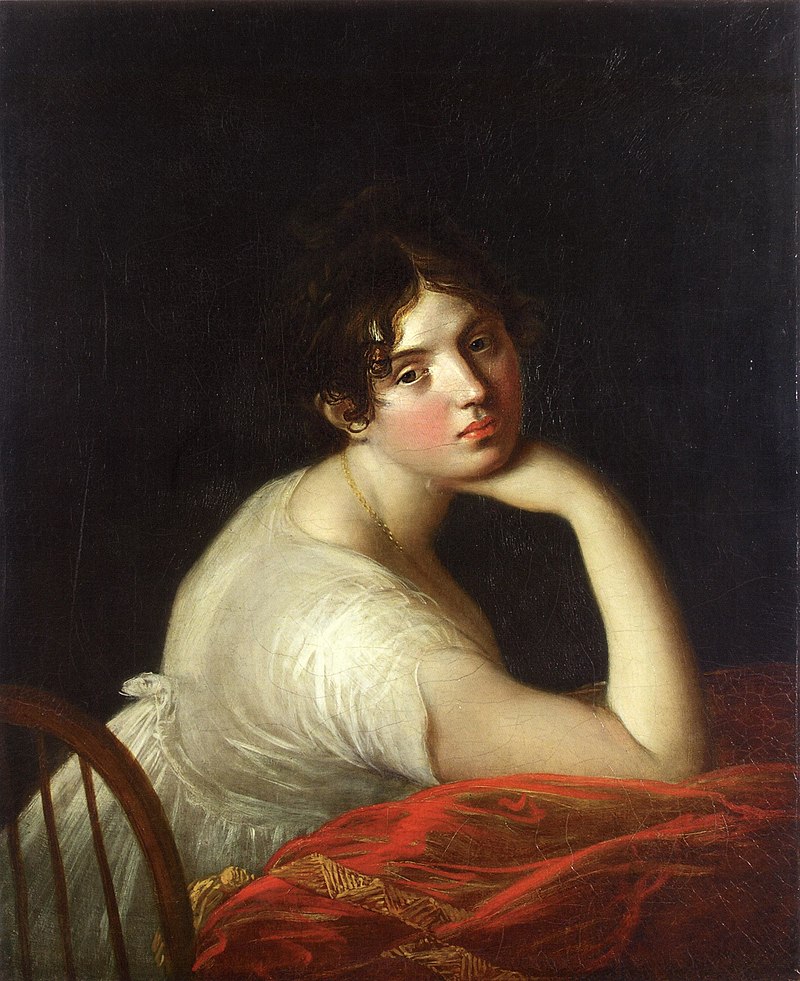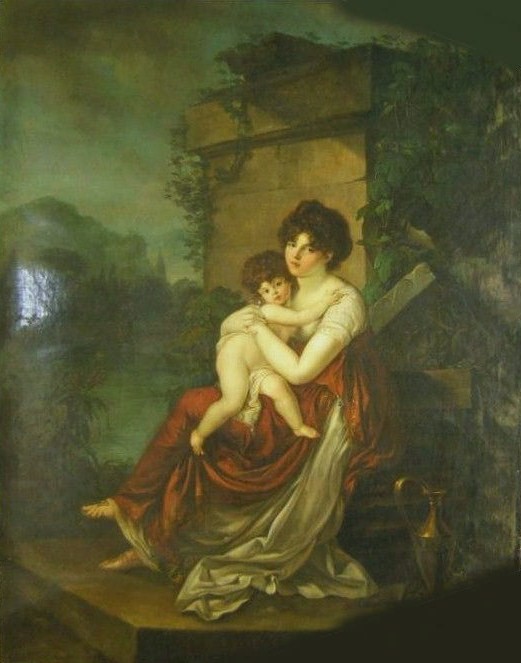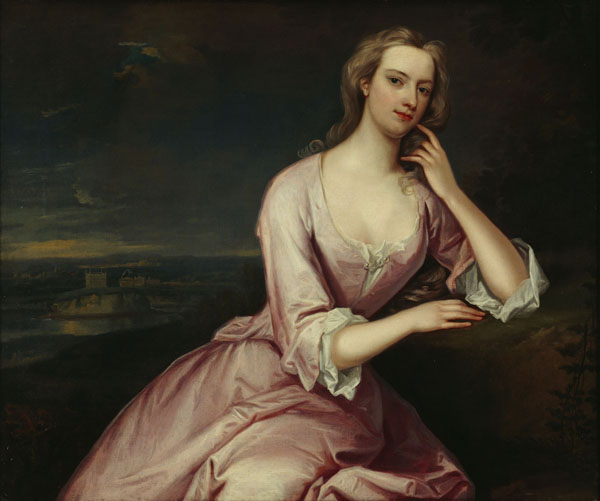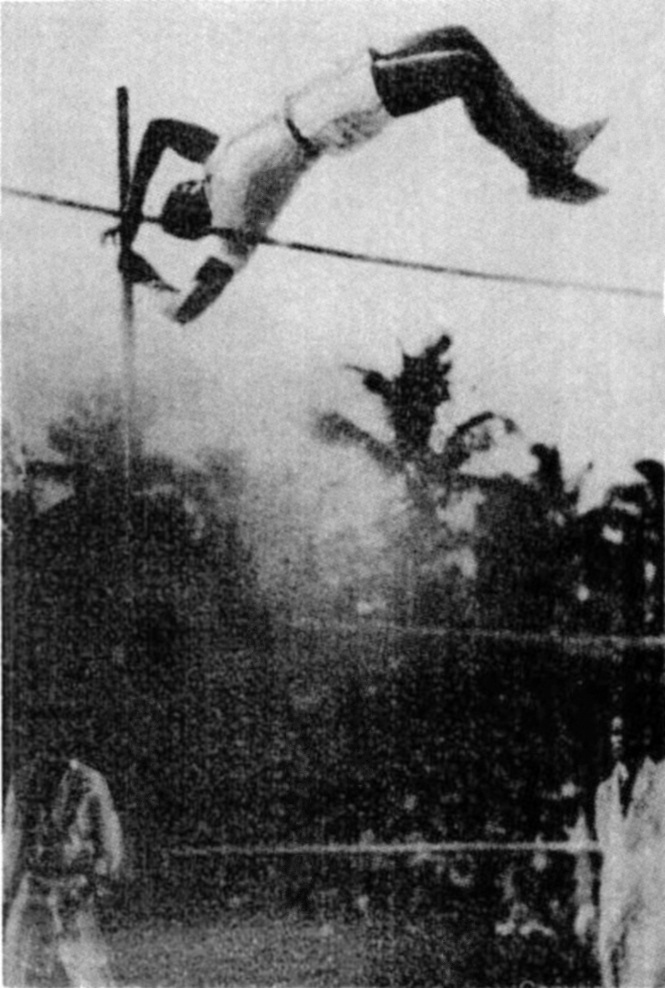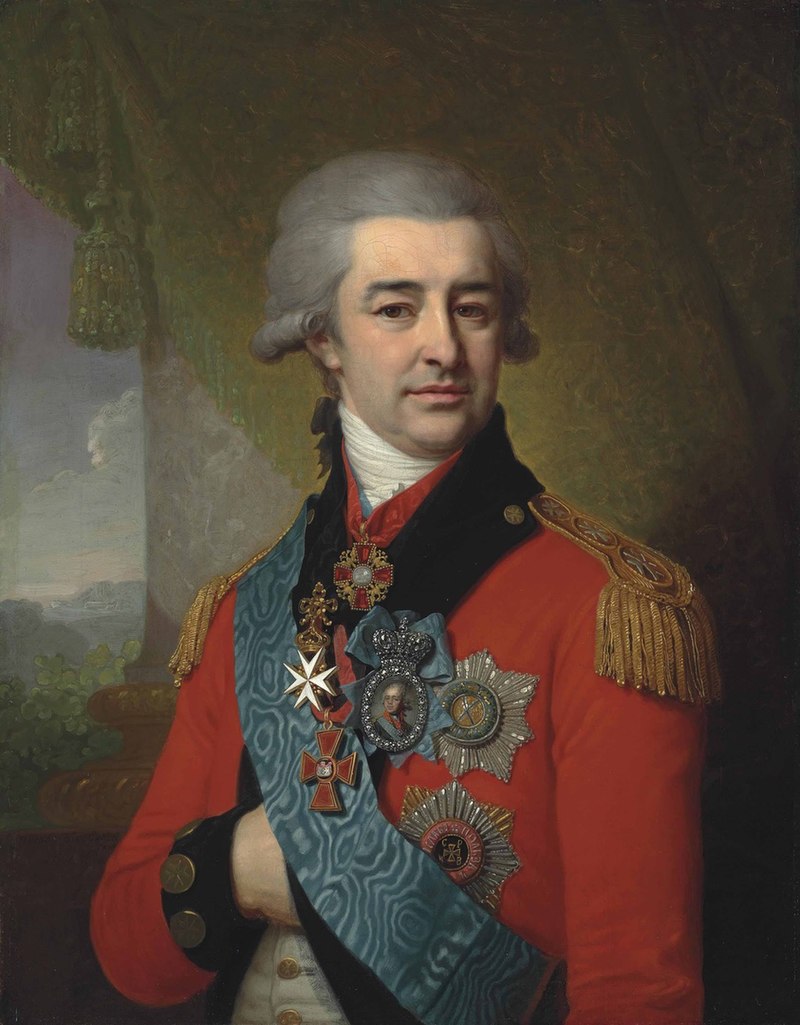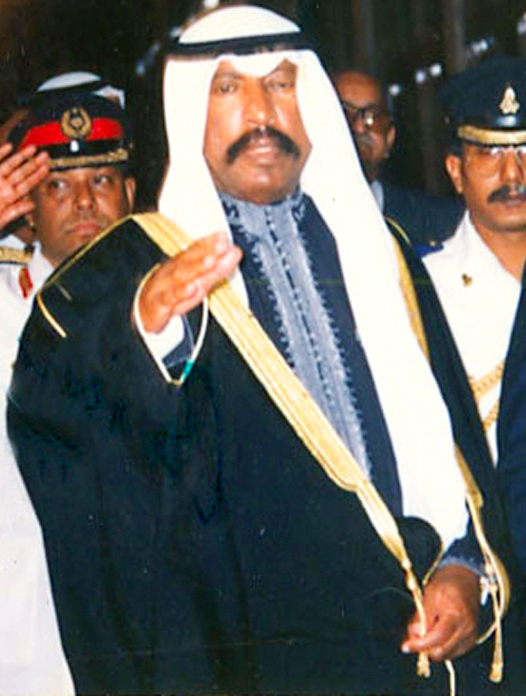by Susan Flantzer © Unofficial Royalty 2020
Kingdom of Tonga: Tonga consists of 169 islands, of which 36 are inhabited, in the south Pacific Ocean, about 1,100 miles/1,800 kilometers northeast of New Zealand’s North Island.
Tonga has long been a monarchy and by the 12th century, Tonga and its Paramount Chiefs had a strong reputation throughout the central Pacific Ocean. Tonga became a kingdom in 1845 and has been ruled by the House of Tupou. From 1900 to 1970, Tonga had a protected state status with the United Kingdom which looked after its foreign affairs under a Treaty of Friendship.
The order of succession to the throne of Tonga was established in the 1875 constitution. The crown descends according to male-preference cognatic primogeniture – a female can succeed if she has no living brothers and no deceased brothers who left surviving legitimate descendants.
*******************
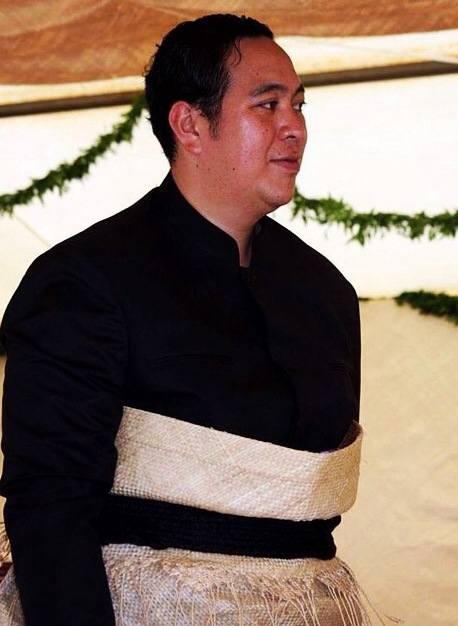
Crown Prince Tupoutoʻa ʻUlukalala of Tonga; Credit- By LeliseliTongaFollow – Own work, CC BY-SA 4.0, https://commons.wikimedia.org/w/index.php?curid=41421546
Siaosi (George) Manumataongo ʻAlaivahamamaʻo ʻAhoʻeitu Konstantin Tukuʻaho, known as Crown Prince Tupoutoʻa ʻUlukalala of Tonga, was born September 17, 1985, in Nukuʻalofa, capital of the Kingdom of Tonga. He is the second of the three children and the elder of the two sons of King Tupou VI of Tonga and Nanasipauʻu Tukuʻaho.
Crown Prince Tupoutoʻa ʻUlukalala has an elder sister and a younger brother:
- Angelika Lātūfuipeka Halaevalu Mataʻaho Napua-o-kalani Tukuʻaho, known as Princess Lātūfuipeka Tukuʻaho (born 1983)
- Viliami ‘Unaki-‘o-‘Tonga Lalaka moe ‘Eiki Tuku’aho, known as Prince Ata (born 1988)

Tupoutoʻa ʻUlukalala (left) with his father (center) and brother (right) at the funeral of his grandfather King Tāufaʻāhau Tupou IV, September 28, 2006; Credit – Wikipedia
Tupoutoʻa ʻUlukalala was educated at Tupou College, a Methodist boys’ secondary school in Toloa, Tonga. He attended the Australian Defence College and the Australian National University, studying Military and Defense Studies, graduating with a Master of Military and Defence Studies in 2018 and a Master of Diplomacy in 2021.
On March 18, 2012, Tupoutoʻa ʻUlukalala’s father became King of Tonga upon the death of his unmarried brother King George Tupou V. Tupoutoʻa ʻUlukalala became Crown Prince of Tonga, and his official investiture as Crown Prince took place at the Liukava Royal Residence on March 30, 2012.
Embed from Getty Images
Crown Prince Tupoutoʻa ʻUlukalala and Sinaitakala Tukuʻaho on their wedding day
On July 12, 2012, after the one-hundred-day mourning period marking the death of King George Tupou V, Crown Prince Tupoutoʻa ʻUlukalala married his double second cousin Sinaitakala Fakafauna at the Centenary Church in Nukuʻalofa, Tonga. Sinaitakala Tukuʻaho is the daughter of Kinikinilau Tūtoatasi, 7th Lord Fakafānua and Princess Sinaitakala ‘Ofeina-‘e-he-Langi Fakafānua. Through her mother, she is a member of the Tongan royal family and, in her own right, in the line of succession to the throne of Tonga. Both Sinaitakala’s parents are first cousins of King Tupou VI. It is the tradition in Tonga that all royal marriages are arranged and that members of the royal family may only marry members of the Tongan nobility to maintain the royal bloodline.
Embed from Getty Images
Sinaitakala escorted by her brother enters the Centenary Church in Nuku’alofa to marry Crown Prince Tupouto’a ‘Ulukalala
However, the marriage caused much controversy over the practice of marrying closely related cousins and was openly criticized by members of Tongan political and royal circles. The Crown Prince’s parents were also second cousins, but despite this, King Tupou VI opposed the marriage and made his disapproval known to members of the royal family. His wife Queen Nanasipau’u had arranged the marriage. Two prominent members of the Tongan royal family, Queen Mother Halaevalu Mataʻaho ʻAhomeʻe and Princess Royal Pilolevu, King Tupou VI’s mother and sister, refused to attend the wedding ceremony.
Tupoutoʻa ʻUlukalala and Sinaitakala Tukuʻaho have four children:
- Prince Taufaʻahau Manumataongo (born 2013)
- Princess Halaevalu Mataʻaho (born July 2014)
- Princess Nanasipauʻu Eliana (born 2018)
- Princess Salote Mafileʻo Pilolevu (born 2021)

Tongan royal family in 2018 (L-R): unidentified, Crown Prince Tupoutoʻa, Princess Halaevalu, King Tupou VI, Prince Taufaʻahau, Queen Nanasipau’u, Crown Princess Sinaitakala holding Princess Nanasipauʻu; Credit – http://www.tonga-broadcasting.net/
This article is the intellectual property of Unofficial Royalty and is NOT TO BE COPIED, EDITED, OR POSTED IN ANY FORM ON ANOTHER WEBSITE under any circumstances. It is permissible to use a link that directs to Unofficial Royalty.
Works Cited
- En.wikipedia.org. 2020. Tupoutoʻa ʻulukalala. [online] Available at: <https://en.wikipedia.org/wiki/Tupouto%CA%BBa_%CA%BBUlukalala> [Accessed 10 September 2020].
- En.wikipedia.org. 2020. Sinaitakala Fakafanua. [online] Available at: <https://en.wikipedia.org/wiki/Sinaitakala_Fakafanua> [Accessed 10 September 2020].
- En.wikipedia.org. 2020. Wedding Of Crown Prince Tupoutoʻa ʻulukalala And Sinaitakala Fakafanua. [online] Available at: <https://en.wikipedia.org/wiki/Wedding_of_Crown_Prince_Tupouto%CA%BBa_%CA%BBUlukalala_and_Sinaitakala_Fakafanua> [Accessed 10 September 2020].
- Latu, Sydney, 2018. HRH Crown Prince Graduated From The Australian National University – TBC. [online] Tonga-broadcasting.net. Available at: <http://www.tonga-broadcasting.net/?p=13815> [Accessed 10 September 2020].

